Revenue Guard
| Revenue Guard | |
|---|---|
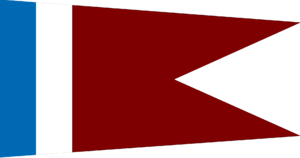 Pennon of the Revenue Guard | |
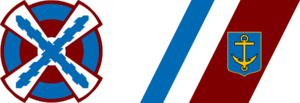 Roundel and racing stripe of the Revenue Guard | |
| Motto | Firmitas Eng: Stability |
| Founded | 1148 |
| Manpower | |
| Active personnel | 68,134 |
| Reserve personnel | 3,496 |
| Expenditures | |
| Budget | $8.71billion |
| Related articles | |
| Ranks | Ranks in the Burgundian Security Forces |
Established in 1148, the Revenue Guard is an Burgundian law enforcement agency under the authority of the Ministry of Trade. The Revenue Guard are a Military Police, but not part of Ministry of National Security and Safety. It is responsible for dealing with piracy and other forms of maritime theft, financial crime and smuggling; it has also evolved into Burgundie's primary agency for suppressing the drugs trade. As a military corps, it maintains over 600 boats and ships and more than 100 aircraft to serve in its mission of patrolling Burgundie's territorial waters and many trade routes across the world.
History
Founding and Early History
Formed in 1148 by the Triumverate Council the Revenue Guard was a royal institution commanded by a Lord Commandant who oversaw three Sergeants known as the Sergents della Maréchaussée (Sergeants of the Marshalcy), responsible for collecting taxes and arresting highwaymen, and three Captains known as the Capitaines della Guardacostes (Captains of the Coast Guard), responsible for collecting tariffs and suppressing smuggling and piracy. During the Christensen_Dynasty it flourished. The revenue guard grew in size from its original 7 men to 156. During the occupation by the Kingdom of Culfra, the Revenue Guard was relegated to collecting tolls on roads and lost its maritime capability.
The Pukhtun Piracy and Smuggling Network
Starting in the mid 1800s the maritime mission of the Revenue Guard made a dramatic shift. Instead of being tasked with the protection of all Burgundian trade they were given forward operating bases in the form of the island colonies of AyerSee and Sodermark. AyerSee in particular became the headquarters of the counter-piracy mission of the Revenue Guard. It's proximity to the Pukhtun Piracy and Smuggling Network's base of operations it's importance led to a spate of high-level investment in military-style infrastructure and maritime research. Many Kharkaans were hired to create this infrastructure quickly and cheaply. Sodermark too followed suit with the "hiring" of Kharkaans to build the necessary amenities for the Revenue Guard on the island.
The Modern Revenue Guard
Following Burgundian independence in 1812, Burgundie again become a world class trading nation. The maritime capabilities of the Revenue Guard were bolstered and expanded to protect this new status. Burgundian shipping lanes sprung up all over the world and the Revenue Guard was tasked to protect not only Burgundian ships but all ships from piracy and peril. In 1853, with the acquisition of the oversea trading ports of AyerSee, Sodermark and Sturmhavn, the Revenue Guard was granted a large coastal land tract on AyerSee to establish a base of operations to fight pirates off the coasts of Pukhtunkhwa and Punth.
Today, the AyerMer Academy is renowned across the world for training navies, coast guards and commercial shipping firms in counter-piracy techniques.
Special Units
International Waters Fast Action Team
Also known as Dolphin Team Whiskey, or Delta Tango Whiskey, this team has special dispensation from the League of Nations with limited legal powers in international powers, primarily search and rescue missions but of note they have the "powers to maintain a safe working environment, by the means deemed vernacularly appropriate by the team leader". In the events resulting in the loss of life, the team is required to brief the League of Nations Security Council.
Penal Service Department
Batalhons Peniels (Eng. Penal Battalions) is the Burgundian term for its collection of military penal units, supervised by the Penal Service Department of the Revenue Gaurd. Soldiers and civilian criminals are given the option to be sentenced to these units, in exchange for reduced sentences, time served at 1.5 times the normal rate. Military members are stripped of their rank and redesignated as volontes reluctee (Eng. recruited volunteers). These units are divided into sindicates (Eng. labor companies), one is usually assigned to each overseas province, colony, or crownland in Burgundie and provide additional labor on large infrastructure projects. These units are held to a very strict codex de comportament (Eng. code of conduct), which if breached, extends the sentence in the Batalhons Peniels considerably.
There was one recorded case of a Batalhons Peniels mutiny. The Sindicate Burgundie (SiBurg), rebelled amid the civil unrest of the late 1960s but their rebellion failed and all of the members of SiBurg were executed.
During massive wildfires members of the adjoining sindicates can volunteer to be seconded to the Fire Seneschalcy of Burgundie and fight the fire. The incentive is time served at 2 times the normal rate. Ex-convicts released on good behavior and with more than 100hrs of firefighting experience are eligible to apply to the Fire Seneschalcy upon completion of their sentence, for a direct commission without having to complete general service in the Army.
Main article: Burgoignesc Maritime Navigation Administration
Equipment
| Model Name | Specifications | Image | Class |
|---|---|---|---|
| Training Ship Endurance |
|

|
|
| Curonia Class |
|

|
|
| Austal Class |
|

|
|
| Saint-Malo Class] |
|
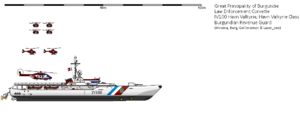
|
|
| Tainean Class |
|
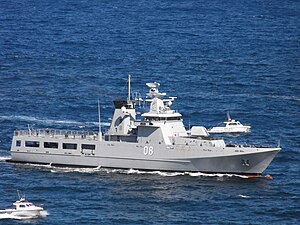
|
|
| Eagle Class |
|
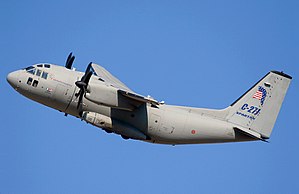
|
|
| Kingfisher Class |
|

|
|